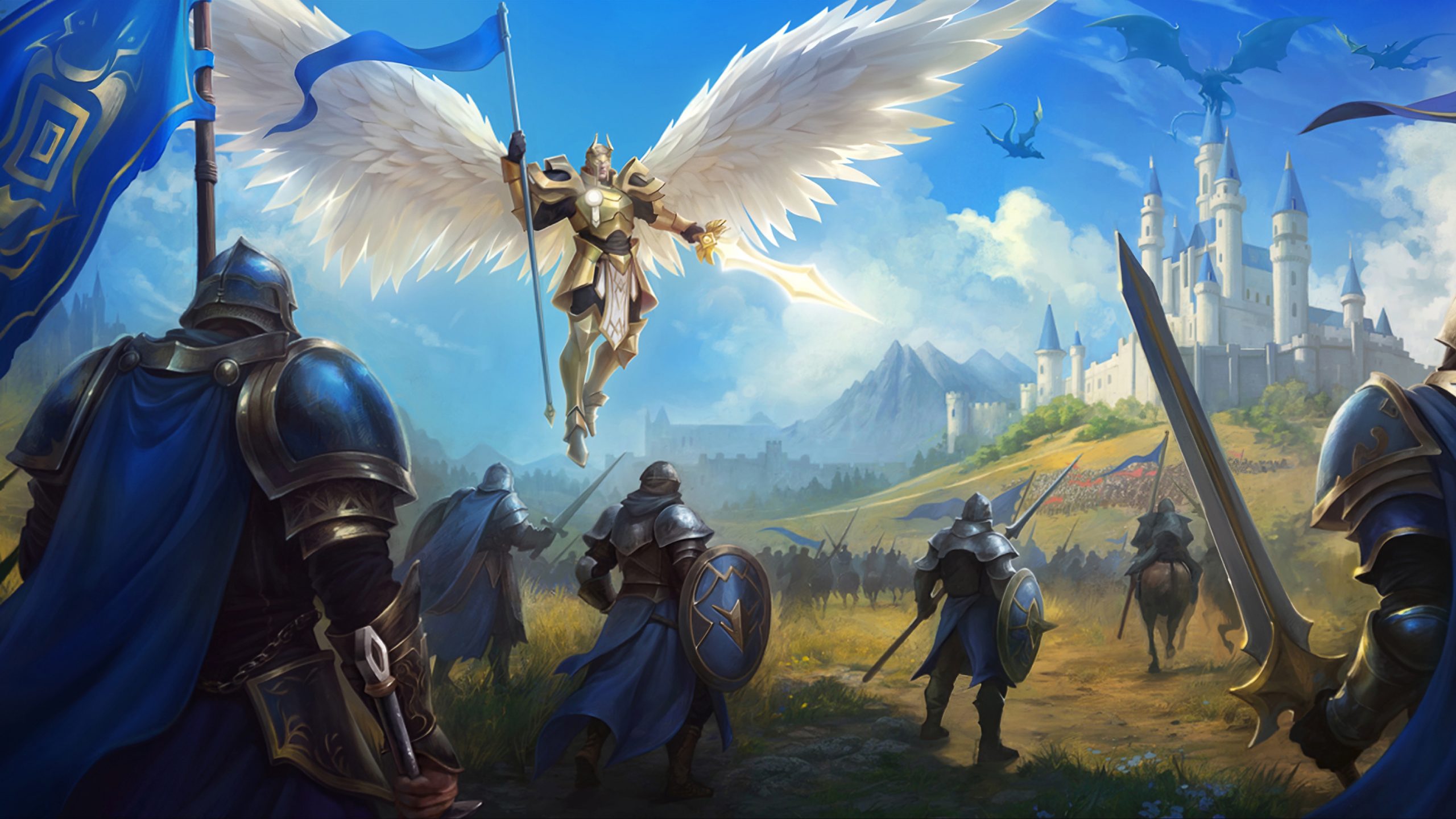Increasing long-term retention in a midcore battler with PvE
Usually, players come to mobile battlers for PvP combat, while the campaign mode mainly handles tutorial and farming tasks, introducing newcomers to units, heroes, and core mechanics. For those who stay longer than a month, it’s almost always about competing in PvP to climb the leaderboards.
In Kingdom Clash, the Arena also became the key attraction and primary revenue driver very quickly. However, after years of experimentation, we discovered that focusing on PvE helps boost product metrics as well. In this article, we share some of the ideas that worked for us.
Bosses with special mechanics
To make players keep returning to PvE, you need to offer a unique game feel they can’t even get from winning the toughest PvP match. Boss battles are a visual and mechanical game changer. These fights also connect to the campaign, since they only unlock after level 300. To deal maximum damage to a boss within the time limit, players have to rethink their army composition—sometimes a lineup that dominates in the Arena turns out to be useless against a giant monster with unique abilities. Currently, Kingdom Clash features three such bosses.
The fight with the dragon takes place on a platform hanging from chains. Occasionally, the dragon tilts the platform, and you have to move your troops fast so they don’t slide off.
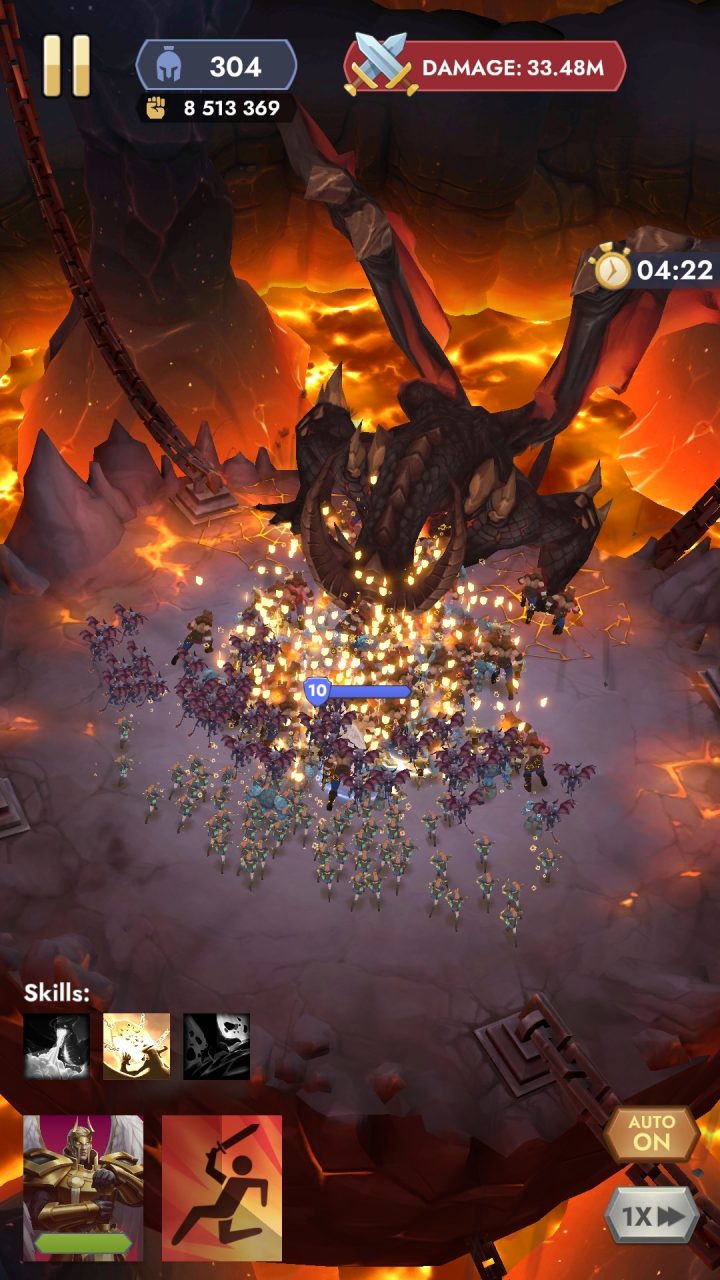
The spider summons swarms of smaller spiders. You can switch your targeting from the boss to these minions so they don’t wipe out your army while you’re trying to bring down the main spider.
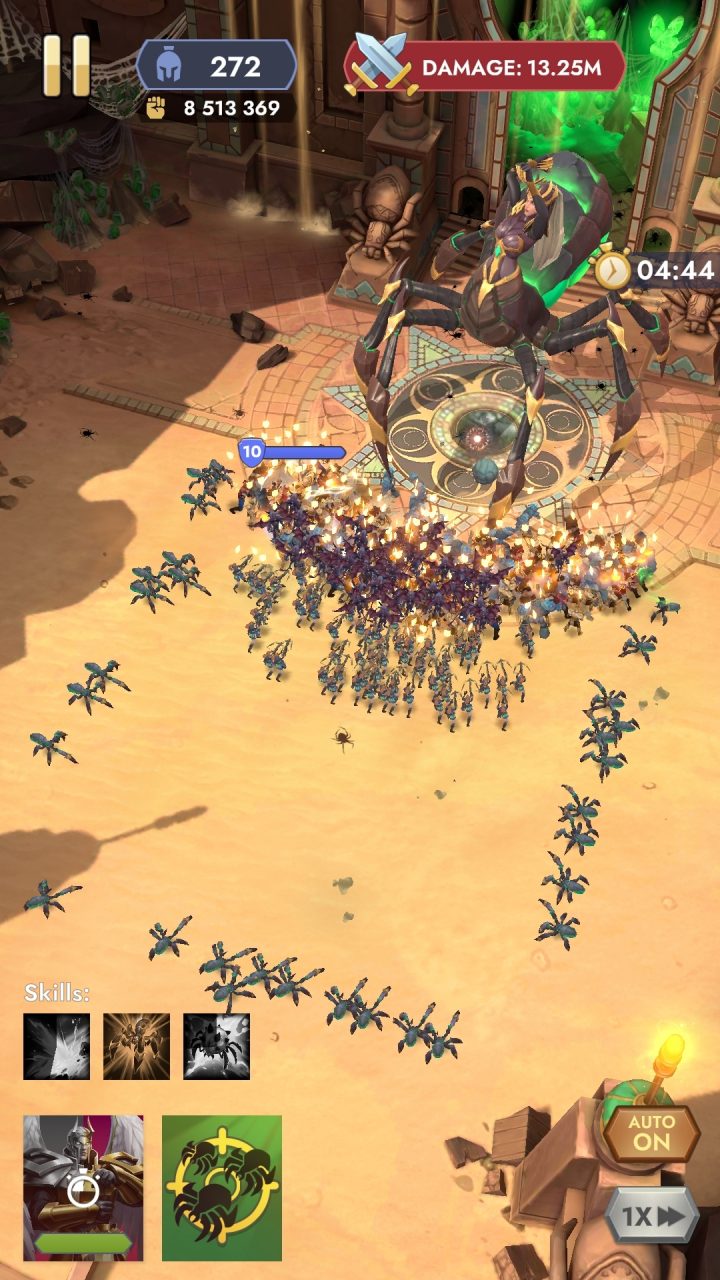
The battle with the kraken unfolds on a ship’s deck. From time to time, the kraken grabs 15–20 of your units with its tentacles and tries to eat them. To rescue your troops, you have to time a cannon shot just right.
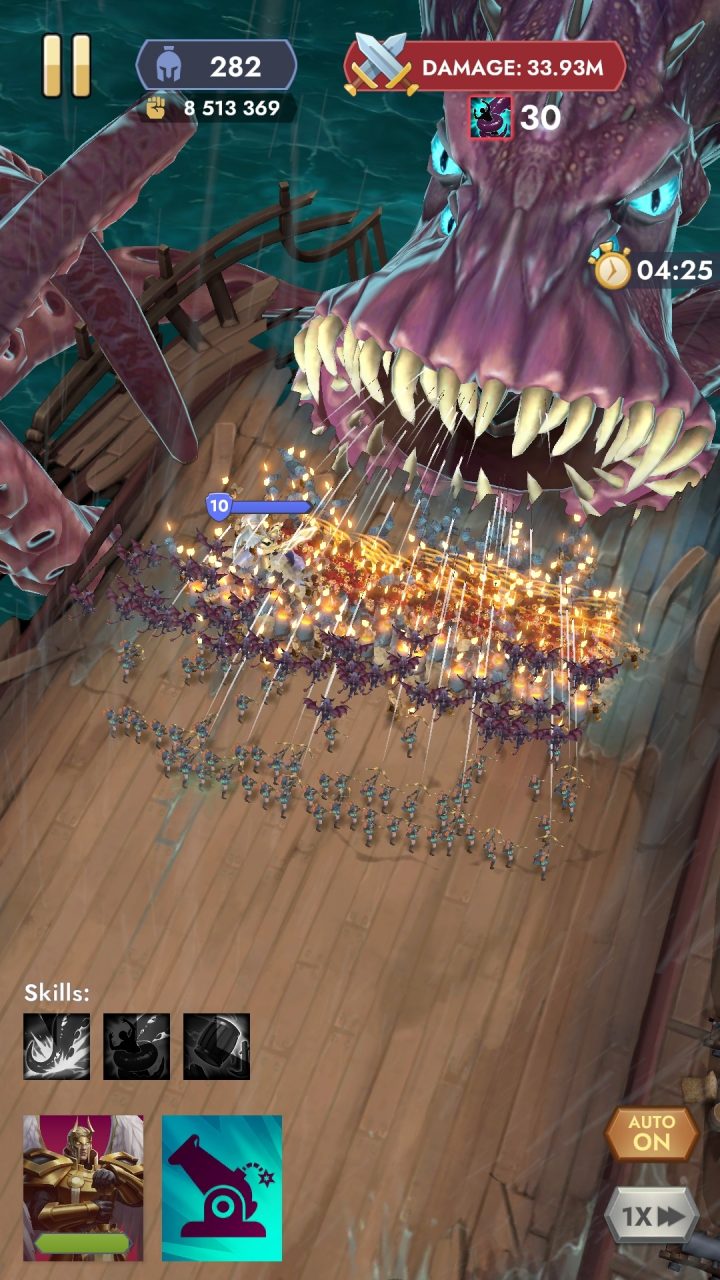
Yes, creating bosses takes a lot of time and resources, and it doesn’t typically yield an overnight surge in metrics. Even so, in the project’s third year, we can confidently say that adding boss fights has had a significant impact on long-term retention and monetization—not to mention how much the community loves them.
Diverse locations
Repetition is the main enemy of any single-player campaign. While you can hold the player’s interest for the first hundred levels by gradually introducing new units and modes, beyond that, other techniques come into play—including visual variety.
The game has three factions: humans, mages, and the undead. We try to design each level so it fits the relevant environment. For instance, at level 120, the Magic Forest appears—created specifically for the mage faction. Level 400 leads to Necropolis, which suits the undead. There’s also a level that features a full city in a classic fantasy style, plus seaside maps, wheat fields, and more. Each boss has its own exclusive setting as well.
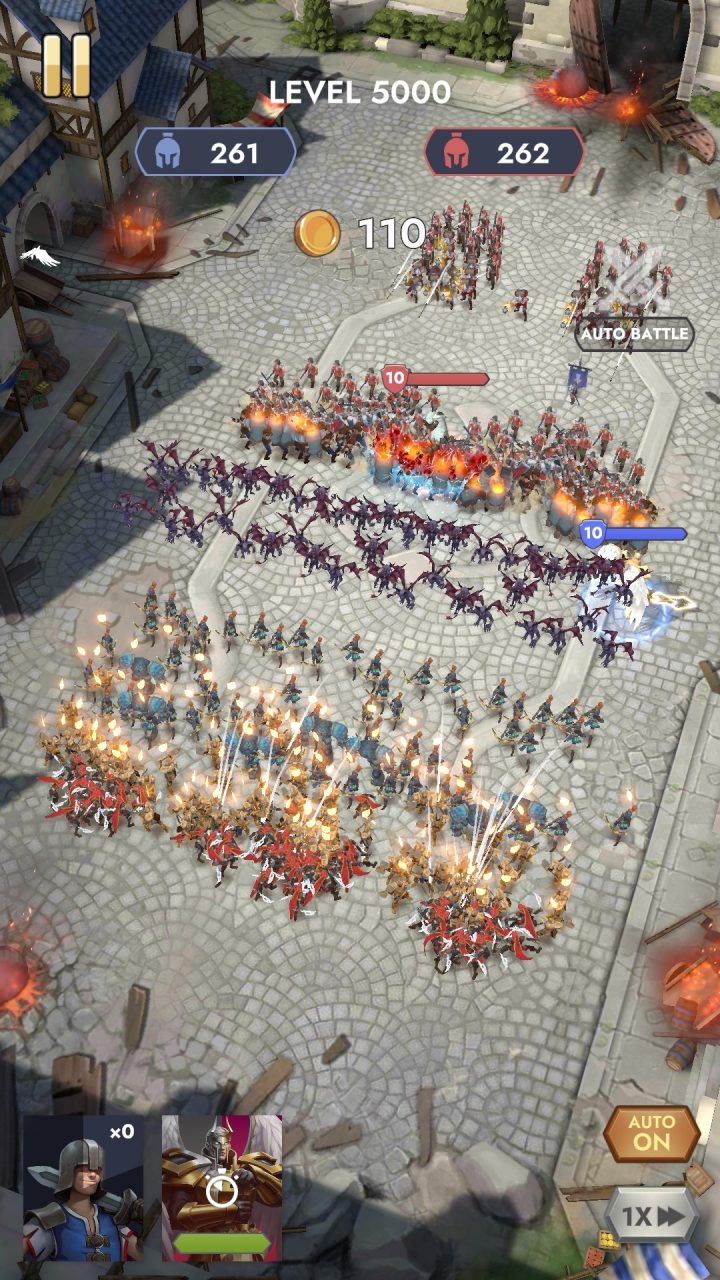
Honestly, we can’t say for sure how much changing scenery affects key metrics, or if it’s even something you can track precisely. Mainly, we do it to maintain the atmosphere. We liked the results so much that at one point we decided to give the PvP arena its own unique background—a coliseum-like amphitheater. The first version had no spectators, but later we added jumping figures in the stands, reminiscent of old FIFA games.
Special heroes for the campaign
As in most battlers, Kingdom Clash divides its heroes by rarity—usually Rare, Epic, and Legendary, though we added Mythic recently. In PvP, Legendaries and Epics matter most, while Rares generally serve as extras. However, there’s one exception: Baron, a Rare hero that everyone wants, specifically for the single-player campaign.
Baron’s active ability creates a special aura around him, turning enemy units within that radius gold for the rest of the battle. They then drop extra coins, and the higher Baron’s level, the greater the multiplier. If you’d normally get 10 coins for defeating a certain enemy, a level 10 Baron raises that to 15. Because of this, even players focused on PvP will swing back to the campaign to farm gold with Baron and power up their PvP armies.
A few words on paywalls in the campaign
In the early versions of Kingdom Clash, campaign progression was structured like most battlers: the first 50 levels act as the tutorial, and then players hit a modest blocker, where they have to either farm a bit or buy boosters. In terms of timing, this lines up roughly with the end of day one for a new player, helping to drive initial in-app purchases and generally boosting monetization.
Later, we tried extending this approach with several more blockers between levels 150 and 500, but by that stage, it no longer had the same effect. Players tended to drop the campaign entirely in favor of PvP and side modes. Probably this happened because most modes become available at earlier campaign levels, and progression slows down a lot after that.
At the moment, we’re sticking to softer blockers in the campaign. Still, as the project expands and the campaign gains more perks, we’re considering bringing back blockers for higher levels. For instance, adding a leaderboard for campaign progress could motivate players to clear more levels, and in that scenario, new blockers might make sense.
Final thoughts
Naturally, the main focus in a mobile battler is developing PvP modes, but the PvE campaign also has a crucial role. Early on, it attracts new players and eases them into Arena battles, and later it becomes a key source for farming soft currency. Over the game’s lifespan, PvE remains important for player progression. If you want to keep people from burning out and encourage them to stick around, you need to keep refreshing your PvE content and introducing new features.
